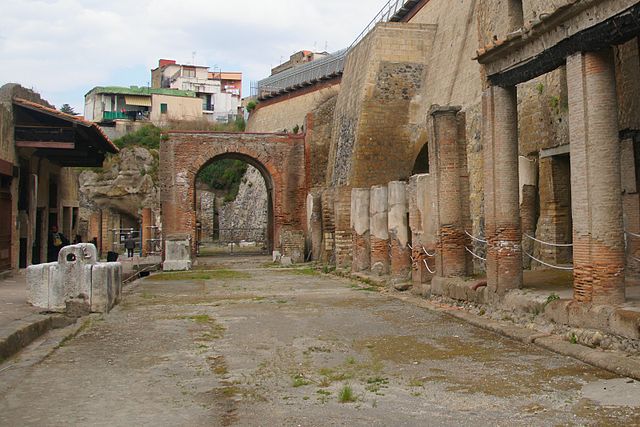Researchers use modern imaging to analyze ancient scrolls that could contain early Christian writings

Archaeologists and scientists are attempting to decipher the contents of ancient scrolls that were unearthed from Herculaneum with the use of modern medical imaging technology.
The papyrus scrolls were found in 1752 at an intact library at Herculaneum, which was buried along with the Roman city of Pompeii after the eruption of Mount Vesuvius in 79 A.D.
Some of the scrolls have been destroyed as archaeologists and workmen uncovered the site through the years, but around 1,800 have survived. Scholars believe that some of the ancient documents contain philosophical texts and possibly early Christian writings.
The ancient documents have been left undeciphered as many of them are too fragile to unroll. However, a researcher at the University of Kentucky believes that modern medical imaging technology may be used to read the contents of the scrolls without physically unrolling them.
"The history of the unwrapping of the Herculaneum Scrolls is littered with failures. Everyone who had tried to open the scrolls had left behind a hideous trail of fragmentary result," Brent Seales, a computer science professor at the university, told CBS' "60 Minutes."
"People were going to the doctor every day. And they were doing a CT scan or an MRI. And they were seeing inside their body completely non-invasively. If you can do that to a human in the doctor's office, why couldn't we see inside a scroll? That was the thinking," he added.
Seales uses the same method that is used in medical CT scans, but the resolution is higher, allowing the researchers to view the contents of the scrolls in greater detail. Researchers were able to manipulate and flatten images of the scrolls using a software designed by Seales.
In 2009, Seales traveled to Paris to collect images of the scrolls, but at the time the technology was not yet well-developed. Then a breakthrough came in 2015 when scholars in Jerusalem used his software to decipher a charred scroll that contained the Book of Leviticus.
"That was really a breakthrough for the method. It proved that the method that we've been working on worked," he said.
The researcher said that his main goal is to unlock manuscripts that are unreadable in their current state and find texts that can be appreciated by future generations.











